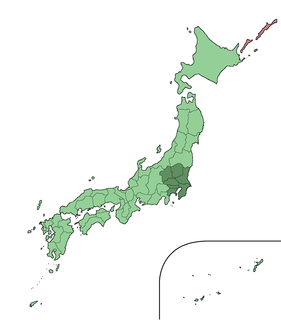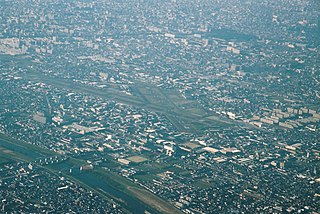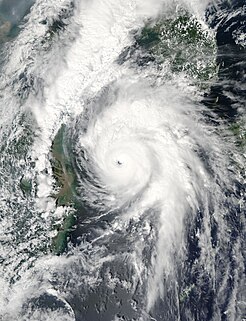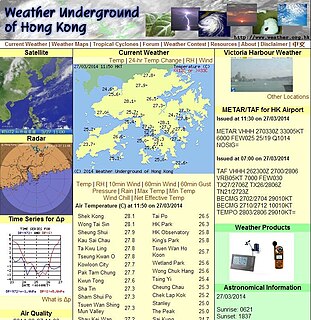
The Local Meteorological Observatory(地方気象台Chihō Kishōdai), abbreviated to the LMO, is a type of JMA weather station (気象台Kishōdai) and a part of its local offices(地方支分部局Chihō Shibun Bukyoku). JMA set up five LMOs in Hokkaido, three in Okinawa and one in another each prefecture which has neither District Meteorological Observatory (管区気象台Kanku Kishōdai) nor Marine Observatory (海洋気象台Kaiyō Kishōdai); thus Local Meteorological Observatories count 50 in Japan. They are responsible for local weather services and some of them manage local weather station(測候所Sokkōjo)s.

The Japan Meteorological Agency, JMA, is an agency of the Ministry of Land, Infrastructure, Transport and Tourism. It is charged with gathering and providing results for the public in Japan, that are obtained from data based on daily scientific observation and research into natural phenomena in the fields of meteorology, hydrology, seismology and volcanology, among other related scientific fields. Its headquarters is located in Chiyoda, Tokyo.

A weather station is a facility, either on land or sea, with instruments and equipment for measuring atmospheric conditions to provide information for weather forecasts and to study the weather and climate. The measurements taken include temperature, atmospheric pressure, humidity, wind speed, wind direction, and precipitation amounts. Wind measurements are taken with as few other obstructions as possible, while temperature and humidity measurements are kept free from direct solar radiation, or insolation. Manual observations are taken at least once daily, while automated measurements are taken at least once an hour. Weather conditions out at sea are taken by ships and buoys, which measure slightly different meteorological quantities such as sea surface temperature (SST), wave height, and wave period. Drifting weather buoys outnumber their moored versions by a significant amount.
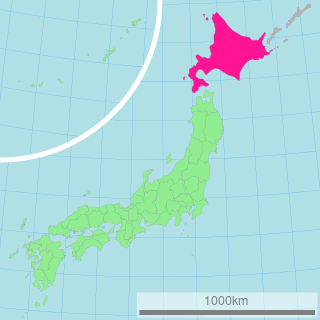
Hokkaido, formerly known as Ezo, Yezo, Yeso, or Yesso, is the second largest island of Japan, and the largest and northernmost prefecture. The Tsugaru Strait separates Hokkaido from Honshu. The two islands are connected by the undersea railway Seikan Tunnel. The largest city on Hokkaido is its capital, Sapporo, which is also its only ordinance-designated city. About 43 km north of Hokkaido lies Sakhalin Island, Russia. To its east and north-east are the disputed Kuril Islands.
On the one hand, by way of exception, although Maizuru Marine Observatory is in Kyoto Prefecture, it's just for the Sea of Japan basin; Instead, Kyoto Local Meteorological Observatory takes over general weather services within the prefecture. On the other hand, Kobe Marine Observatory administers both marine weather affairs and general weather services in Hyogo Prefecture, and Nagasaki Marine Observatory is the same position as the Kobe's.

Kyoto Prefecture is a prefecture of Japan in the Kansai region of the island of Honshu. Its capital is the city of Kyoto.

The Sea of Japan is the marginal sea between the Japanese archipelago, Sakhalin, the Korean Peninsula and Russia. The Japanese archipelago separates the sea from the Pacific Ocean. It is bordered by Japan, Korea and Russia. Like the Mediterranean Sea, it has almost no tides due to its nearly complete enclosure from the Pacific Ocean. This isolation also reflects in the fauna species and in the water salinity, which is lower than in the ocean. The sea has no large islands, bays or capes. Its water balance is mostly determined by the inflow and outflow through the straits connecting it to the neighboring seas and Pacific Ocean. Few rivers discharge into the sea and their total contribution to the water exchange is within 1%.



